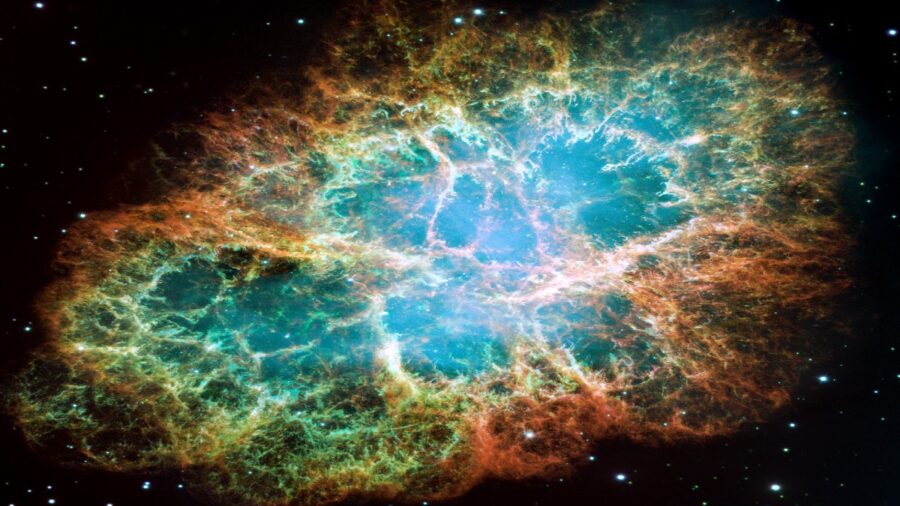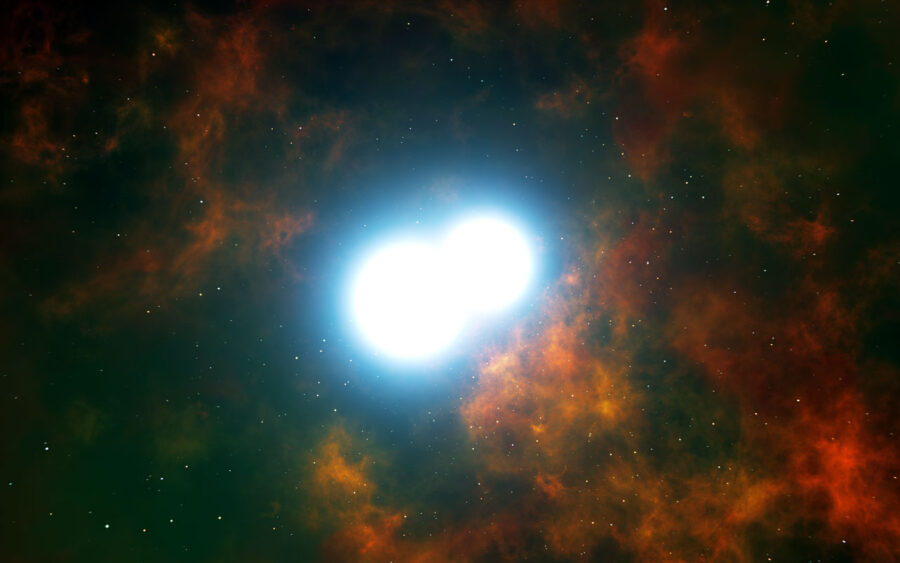A Star Went Supernova And It’s So Bright Anyone Can View It
A star went supernova in a galaxy close enough, anyone with a telescope can watch it explode for months.

Here comes the boom. Astronomy reported that a star in the nearby pinwheel galaxy M101 has gone supernova, and the blast is so bright that it can be viewed from an amateur telescope. According to NASA, the blast will be visible for quite some time.
A supernova occurs when a star dies. In this case, it is a type II supernova, which can only happen to stars significantly larger than our own sun. They are characterized by a collapse of the star after it has run out of fuel and can no longer withstand its own gravity.
The collapse is followed by a massive explosion that sends light surging through the cosmos. The supernova recently found in M101, dubbed SN 2023ixf, is the closest one to take place in the past five years, and it was caught early enough that astronomers will be able to observe the death of a star in new levels of detail.
The supernova was first reported by Japanese stargazer Koichi Itagaki. Star watchers confirmed the report at the Zwicky Transient Facility in California. Images of the supernova had been captured automatically two days before Itagaki spotted the phenomenon.

The first glimpse of SN 2023ixf measured the event at a magnitude of 14.9, but the supernova quickly grew much brighter. At a relatively close distance of roughly 21 million lightyears, it will remain bright in the night sky through the entire summer. Galaxy M101 can be seen near the end of the Big Dipper’s handle, and it can be identified by its distinct arms that form a pinwheel shape.
A large telescope would be required in order to find detail in M101, but SN 2023xif is so bright that it can be seen with a scope as small as four inches. Professional astronomers and amateur stargazers alike will spend the coming months observing the supernova as it offers new insight into the death cycle of massive stars.
Astronomers are rarely able to spot a supernova so early in its process, let alone one as close as SN 2023xif. Some are already venting frustrations about interruptions in their observations thanks to SpaceX satellites. Even with some unfortunate obstacles mucking up scientists’ images of the event, the latest supernova will serve as a valuable learning opportunity for astronomers.
To find the supernova at home, start with the Big Dipper. M101 forms the top point of a triangle with the last two stars in the handle. If you look 4.5 degrees northeast of the halfway point between the two stars, you will find M101.
The supernova sits barely southwest of NGC 5461, a bright spot in the southeastern arm of the pinwheel galaxy. The coordinates of the supernova are R.A. 14h03m38.58s, Dec. 54°18’42.1″.
The supernova phenomenon is challenging to study, and the SN 2023xif is an exciting opportunity to shed light on these mysterious, bright occurrences. This particular event is even more exciting because the entire astronomy community will observe the phenomenon together. The fact that even amateurs will be able to participate will make this supernova a cosmic event to go down in history.











